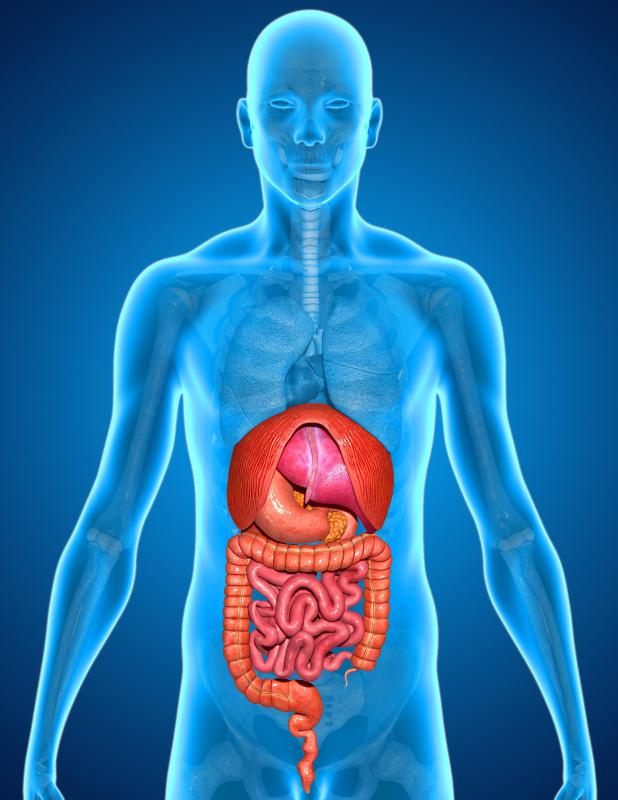At TheHealthBoard, we're committed to delivering accurate, trustworthy information. Our expert-authored content is rigorously fact-checked and sourced from credible authorities. Discover how we uphold the highest standards in providing you with reliable knowledge.
What Is the Pathophysiology of Septic Shock?
The pathophysiology of septic shock involves a series of interactions between an infectious organism and a host that can lead to multi-system organ failure and death. It starts when a patient is infected with an organism like a bacterium or fungus, usually one that produces toxins as metabolic byproducts. These trigger an immune response that gets out of control, compromising the cardiovascular system and leading to hypoperfusion through the body. As the organs start developing oxygen deprivation, they fail, and are no longer able to sustain life.
Doctors have been noting cases of septic shock for centuries, and continue to struggle to understand why some patients develop this potentially fatal complication and others do not. Research into the pathophysiology of septic shock provides important information about how to prevent and treat this condition. Treatment ideally starts with prevention through aggressive treatment for infections. Once a patient develops shock, supportive therapies like fluid infusions, mechanical ventilation, and dialysis may be necessary.

The first step in the pathophysiology of septic shock is the initial infection with an organism that releases toxins into the body. These lock onto immune cells and start to trigger a cascade as the immune system swings into action to fight the infection. Levels of cytokines, proteins used to signal immune cells, start to rise, and this can become a tipping point where the immune system effectively hits overdrive. As it hunts down the infectious organism, it also starts to damage the body, which triggers the release of more immune cells.

Blood vessels start to dilate while the heart rate slows, which causes blood pressure to drop. Without adequate blood pressure, the heart cannot circulate freshly oxygenated blood throughout the body. Starting at the extremities, the organs develop ischemia, oxygen deprivation which can lead to tissue death if it is not treated. The organs also experience ischemia, particularly those with a high need for blood, like the liver and kidneys. As they fail, a series of chain reactions can start to occur, and the end result of the pathophysiology of septic shock is coma and eventual death.

Onset of septic shock can be very fast once the patient starts to hit the tipping point. This makes understanding the pathophysiology of septic shock very important for care providers who need to be able to intervene to provide treatment. They can use medications to boost blood pressure, increase fluid volume, and use other measures to prevent ischemia, for example. If a patient does go into shock, supportive therapy is required to help the patient stay alive, and recovery is not guaranteed after extensive organ damage.
AS FEATURED ON:
AS FEATURED ON:














Discuss this Article
Post your comments